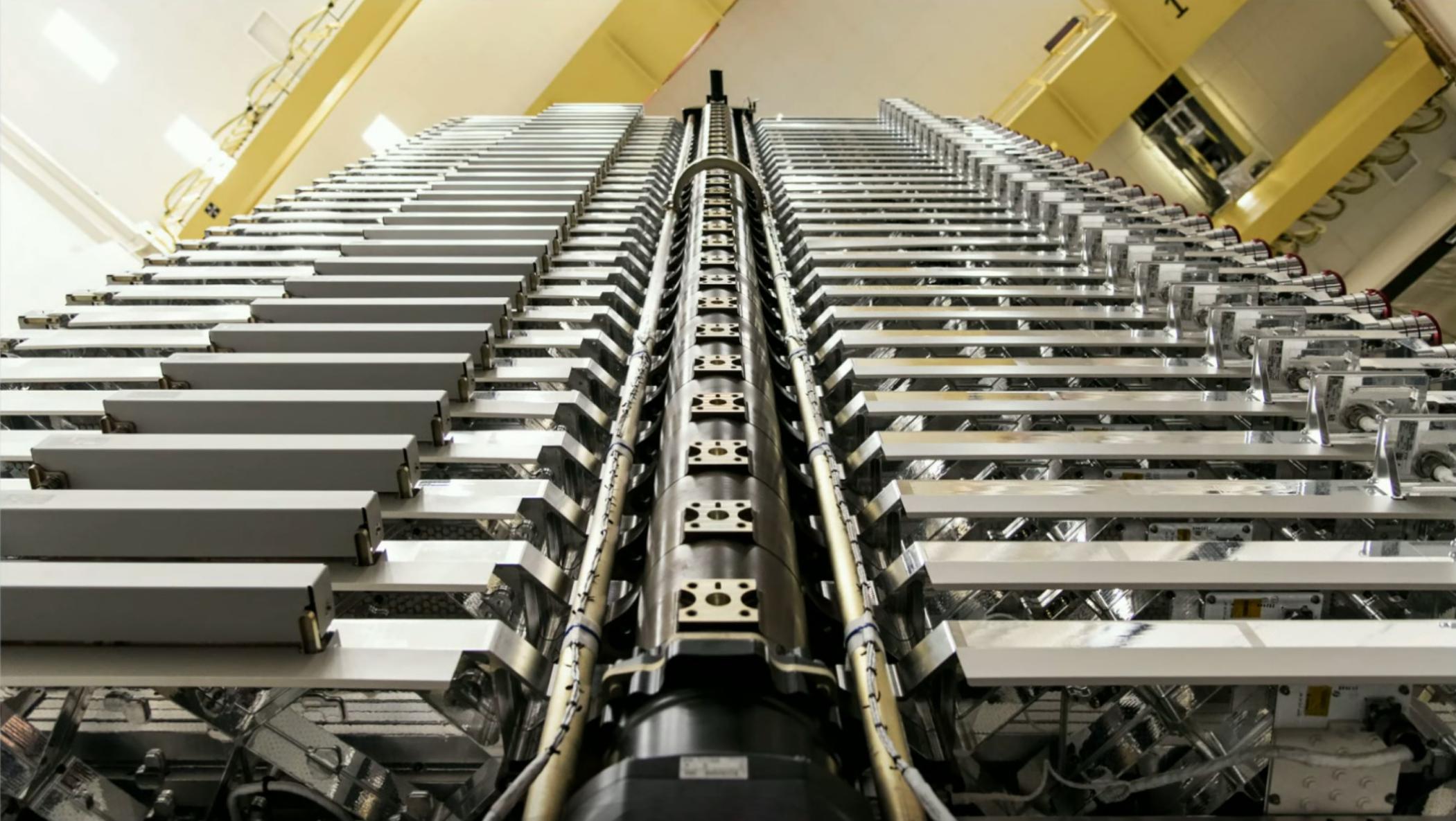
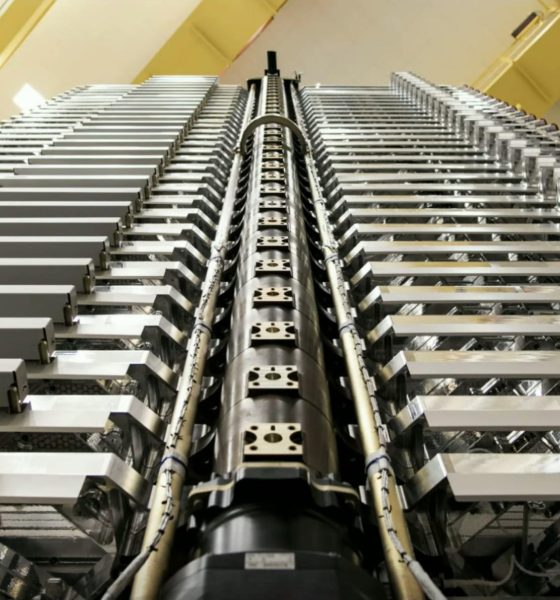
News
SpaceX "DARKSAT" results: can Starlink and astronomy happily coexist?
Astronomers have begun to gather and analyze detailed observations of a SpaceX Starlink satellite prototype officially labeled DARKSAT and the initial results hint that the satellite constellation should be able to happily coexist with ground-based astronomy in the future.
Since SpaceX began launching batches of 60 Starlink satellites in May 2019, the company has raised the ire of parts of the astronomy community and simultaneously awed and inspired many less technical observers with clusters of shooting star-like satellites that are easily visible after launches. While the mid-sized spacecraft do become much dimmer as they raise their orbits from ~300 km (185 mi) to 550 km (340 mi), they are far from invisible even at that operational altitude. It’s safe to say that the current impact on ground-based astronomy is still just shy of negligible even with 360 satellites in orbit, but that impact is assuredly greater than zero and the relatively bright spacecraft have already interrupted telescope observations at many sites around the world.
Given that the 360 satellites already in orbit are just a tiny fraction of the ~4400, ~12,000, or even ~40,000 that SpaceX could one day launch, it would be irresponsible to argue that the constellation’s impact – and the impact of others like it – will continue to be minor as the number of satellites grows. Thankfully, while it doesn’t appear that prospective low Earth orbit (LEO) constellation architects anticipated the potential astronomy impact, SpaceX’s Starlink team has rapidly responded and already launched a satellite featuring tweaks designed to dim its appearance from the ground. For several reasons, the initial results from “DARKSAT” are extremely promising – now visible below in some of the first photos offering a useful comparison.
Launched on January 7th, 2020, a set of 20 spacecraft including DARKSAT – representing a single “plane” of the broader Starlink constellation – all arrived at their operational ~550 km (340 mi) orbits by February 23rd. As previously discussed on Teslarati, initial results first published on March 18th revealed that the Starlink DARKSAT prototype – essentially an early alpha test for darkening techniques – was already 55% darker than unmodified spacecraft. While making satellites less reflective makes thermal management a much greater challenge, DARKSAT has managed to raise its orbit and begin operations without issue, although it’s unknown whether the satellite’s antennas and avionics are also functioning nominally.

For darker spacecraft, perhaps the most important test will be long-term reliability, as constantly absorbing more heat than a reflective satellite is likely to put their structure, avionics, and radiators through significantly more thermal stress. As such, SpaceX may launch a limited number of additional darkened prototypes over the coming months but is much less likely to darken all satellites on any given launch until DARKSATs have successfully operated in orbit for months or even years.
On the ground, SpaceX may try to perform sped-up stress testing, but proving that darker satellites are a viable solution will almost invariably take time. Earlier this month, CEO Elon Musk revealed that SpaceX may attempt to design deployable solar shades for Starlink satellites if darkening their bodies is not enough to fully mitigate major impacts to astronomy. Knowing SpaceX, the first in-orbit solar shade test(s) could happen during any of several upcoming Starlink launches.
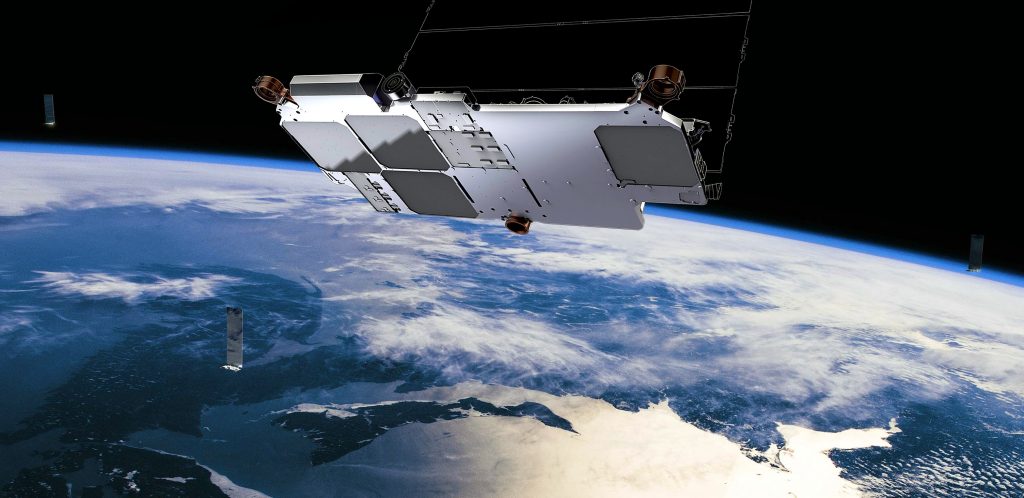
Adding reliable, deployable solar shades without appreciably raising Starlink’s production costs could be a major challenge, given the fundamental complexity of large, deployable mechanisms in space, but SpaceX – if anyone – is likely up to the challenge. More importantly, the fact that SpaceX’s very first attempt at reducing Starlink albedo (reflectivity) has produced a satellite 55% darker than its peers suggests that much more can probably be done along those lines, given additional time for extra experiments and deeper optimization.
As a result, it may be the case that SpaceX ends up launching 750-1000+ reflective Starlink satellites before an affordable, mass-producible DARKSAT variant is ready to take over. In that event, Starlink could plausibly have a small to moderate negative impact on ground-based astronomy for several years. However, comments made by SpaceX executives over the years suggest that no single Starlink satellite is likely to operate for more than five or so years before being replaced, meaning that the entire constellation would be continuously refreshed (as long as it’s generating revenue). Even if a thousand bright(er) Starlink satellites make life a bit harder for some astronomers, the fact remains that the consequences of any single Starlink satellite variant – assuming SpaceX remains serious about fully mitigating the constellation’s impact – are inherently temporary.
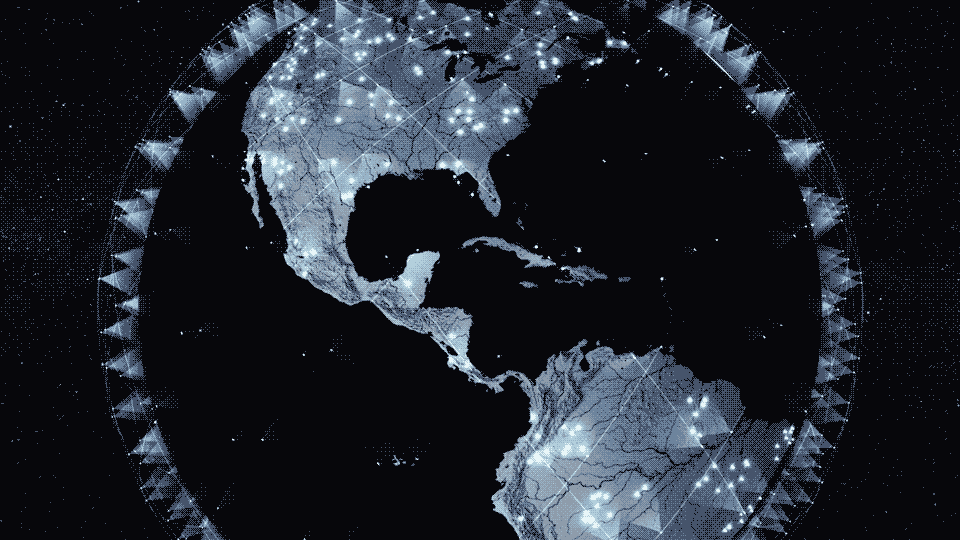
If SpaceX continues to make progress darkening satellites and developing cheap solar shades, it seems all but guaranteed that even a constellation of tens of thousands of Starlink satellites will be able happily coexist with the astronomy community, all the while delivering cheap, fast internet to millions of people – especially those lacking access – around the world.

News
Tesla accused of infringing robotics patents in new lawsuit
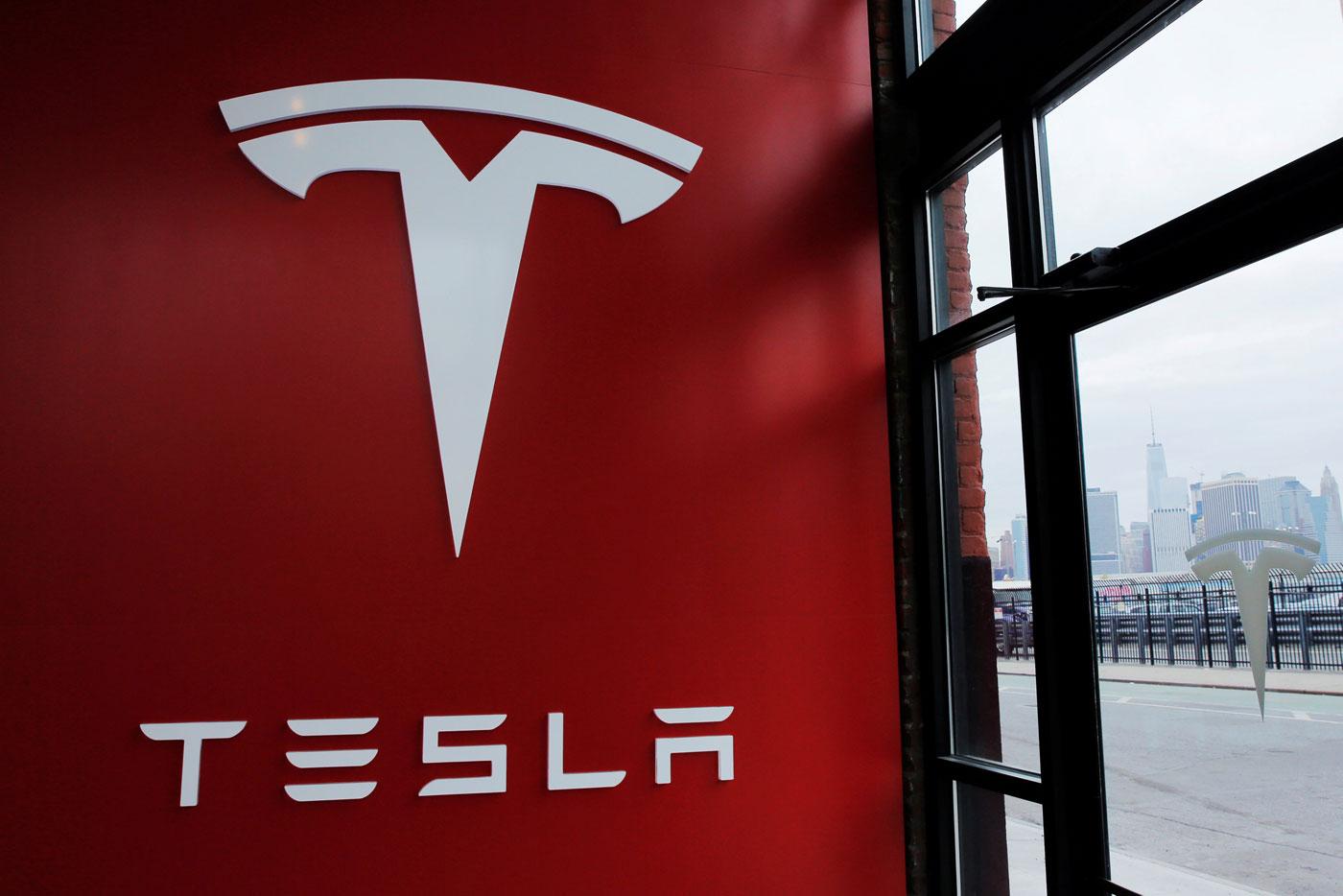
Tesla is being accused of infringing robotics patents by a company called Perrone Robotics, which is based out of Charlottesville, Virginia.
The suit was filed in Alexandria, Virginia, and accuses Tesla of knowingly infringing upon five patents related to robotics systems for self-driving vehicles.
The company said its founder, Paul Perrone, developed general-purpose robotics operating systems for individual robots and automated devices.
Perrone Robotics claims that all Tesla vehicles utilizing the company’s Autopilot suite within the last six years infringe the five patents, according to a report from Reuters.
Tesla’s new Safety Report shows Autopilot is nine times safer than humans
One patent was something the company attempted to sell to Tesla back in 2017. The five patents cover a “General Purpose Operating System for Robotics,” otherwise known as GPROS.
The GPROS suite includes extensions for autonomous vehicle controls, path planning, and sensor fusion. One key patent, U.S. 10,331,136, was explicitly offered to Tesla by Perrone back in 2017, but the company rejected it.
The suit aims to halt any further infringements and seeks unspecified damages.
This is far from the first suit Tesla has been involved in, including one from his year with Perceptive Automata LLC, which accused Tesla of infringing on AI models to interpret pedestrian/cyclist intent via cameras without licensing. Tesla appeared in court in August, but its motion to dismiss was partially denied earlier this month.
Tesla also settled a suit with Arsus LLC, which accused Autopilot’s electronic stability features of infringing on rollover prevention tech. Tesla won via an inter partes review in September.
Most of these cases involve non-practicing entities or startups asserting broad autonomous vehicle patents against Tesla’s rapid iteration.
Tesla typically counters with those inter partes reviews, claiming invalidity. Tesla has successfully defended about 70 percent of the autonomous vehicle lawsuits it has been involved in since 2020, but settlements are common to avoid discovery costs.
The case is Perrone Robotics Inc v Tesla Inc, U.S. District Court, Eastern District of Virginia, No. 25-02156. Tesla has not yet listed an attorney for the case, according to the report.
News
Tesla has passed a critical self-driving milestone Elon Musk listed in Master Plan Part Deux
Tesla China announced that the company’s Autopilot system has accumulated 10 billion kilometers of driving experience.

Tesla has passed a key milestone, and it was one that CEO Elon Musk initially mentioned more than nine years ago when he published Master Plan, Part Deux.
As per Tesla China in a post on its official Weibo account, the company’s Autopilot system has accumulated over 10 billion kilometers of real-world driving experience.
Tesla China’s subtle, but huge announcement
In its Weibo post, Tesla China announced that the company’s Autopilot system has accumulated 10 billion kilometers of driving experience. “In this respect, Tesla vehicles equipped with Autopilot technology can be considered to have the world’s most experienced and seasoned driver.”
Tesla AI’s handle on Weibo also highlighted a key advantage of the company’s self-driving system. “It will never drive under the influence of alcohol, be distracted, or be fatigued,” the team wrote. “We believe that advancements in Autopilot technology will save more lives.”
Tesla China did not clarify exactly what it meant by “Autopilot” in its Weibo post, though the company’s intense focus on FSD over the past years suggests that the term includes miles that were driven by FSD (Beta) and Full Self-Driving (Supervised). Either way, 10 billion cumulative miles of real-world data is something that few, if any, competitors could compete with.
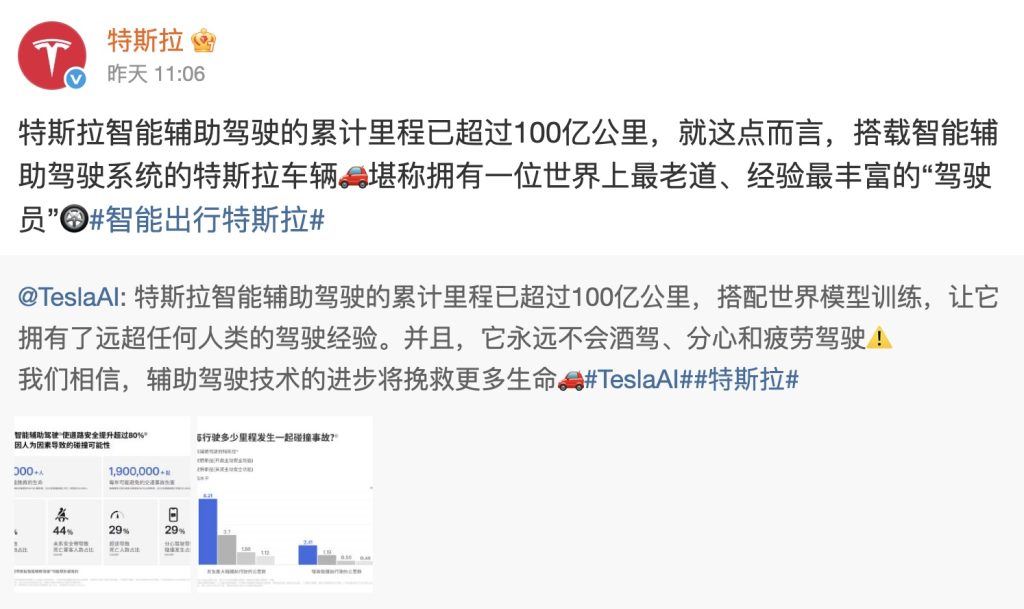

Elon Musk’s 10-billion-km estimate, way back in 2016
When Elon Musk published Master Plan Part Deux, he outlined his vision for the company’s autonomous driving system. At the time, Autopilot was still very new, though Musk was already envisioning how the system could get regulatory approval worldwide. He estimated that worldwide regulatory approval will probably require around 10 billion miles of real-world driving data, which was an impossible-sounding amount at the time.
“Even once the software is highly refined and far better than the average human driver, there will still be a significant time gap, varying widely by jurisdiction, before true self-driving is approved by regulators. We expect that worldwide regulatory approval will require something on the order of 6 billion miles (10 billion km). Current fleet learning is happening at just over 3 million miles (5 million km) per day,” Musk wrote.
It’s quite interesting but Tesla is indeed getting regulatory approval for FSD (Supervised) at a steady pace today, at a time when 10 billion miles of data has been achieved. The system has been active in the United States and has since been rolled out to other countries such as Australia, New Zealand, China, and, more recently, South Korea. Expectations are high that Tesla could secure FSD approval in Europe sometime next year as well.
Elon Musk
SpaceX maintains unbelievable Starship target despite Booster 18 incident
It appears that it will take more than an anomaly to stop SpaceX’s march towards Starship V3’s refinement.

SpaceX recently shared an incredibly ambitious and bold update about Starship V3’s 12th test flight.
Despite the anomaly that damaged Booster 18, SpaceX maintained that it was still following its plans for the upgraded spacecraft and booster for the coming months. Needless to say, it appears that it will take more than an anomaly to stop SpaceX’s march towards Starship V3’s refinement.
Starship V3 is still on a rapid development path
SpaceX’s update was posted through the private space company’s official account on social media platform X. As per the company, “the Starbase team plans to have the next Super Heavy booster stacked in December, which puts it on pace with the test schedule planned for the first Starship V3 vehicle and associated ground systems.”
SpaceX then announced that Starship V3’s maiden flight is still expected to happen early next year. “Starship’s twelfth flight test remains targeted for the first quarter of 2026,” the company wrote in its post on X.
Elon Musk mentioned a similar timeline on X earlier this year. In the lead up to Starshp Flight 11, which proved flawless, Musk stated that “Starship V3 is a massive upgrade from the current V2 and should be through production and testing by end of year, with heavy flight activity next year.” Musk has also mentioned that Starship V3 should be good enough to use for initial Mars missions.
Booster 18 failure not slowing Starship V3’s schedule
SpaceX’s bold update came after Booster 18 experienced a major anomaly during gas system pressure testing at SpaceX’s Massey facility in Starbase, Texas. SpaceX confirmed in a post on X that no propellant was loaded, no engines were installed, and personnel were positioned at a safe distance when the booster’s lower section crumpled, resulting in no injuries.
Still, livestream footage showed significant damage around the liquid oxygen tank area of Booster 18, leading observers to speculate that the booster was a total loss. Booster 18 was among the earliest vehicles in the Starship V3 series, making the failure notable. Despite the setback, Starship V3’s development plans appear unchanged, with SpaceX pushing ahead of its Q1 2026 test flight target.








